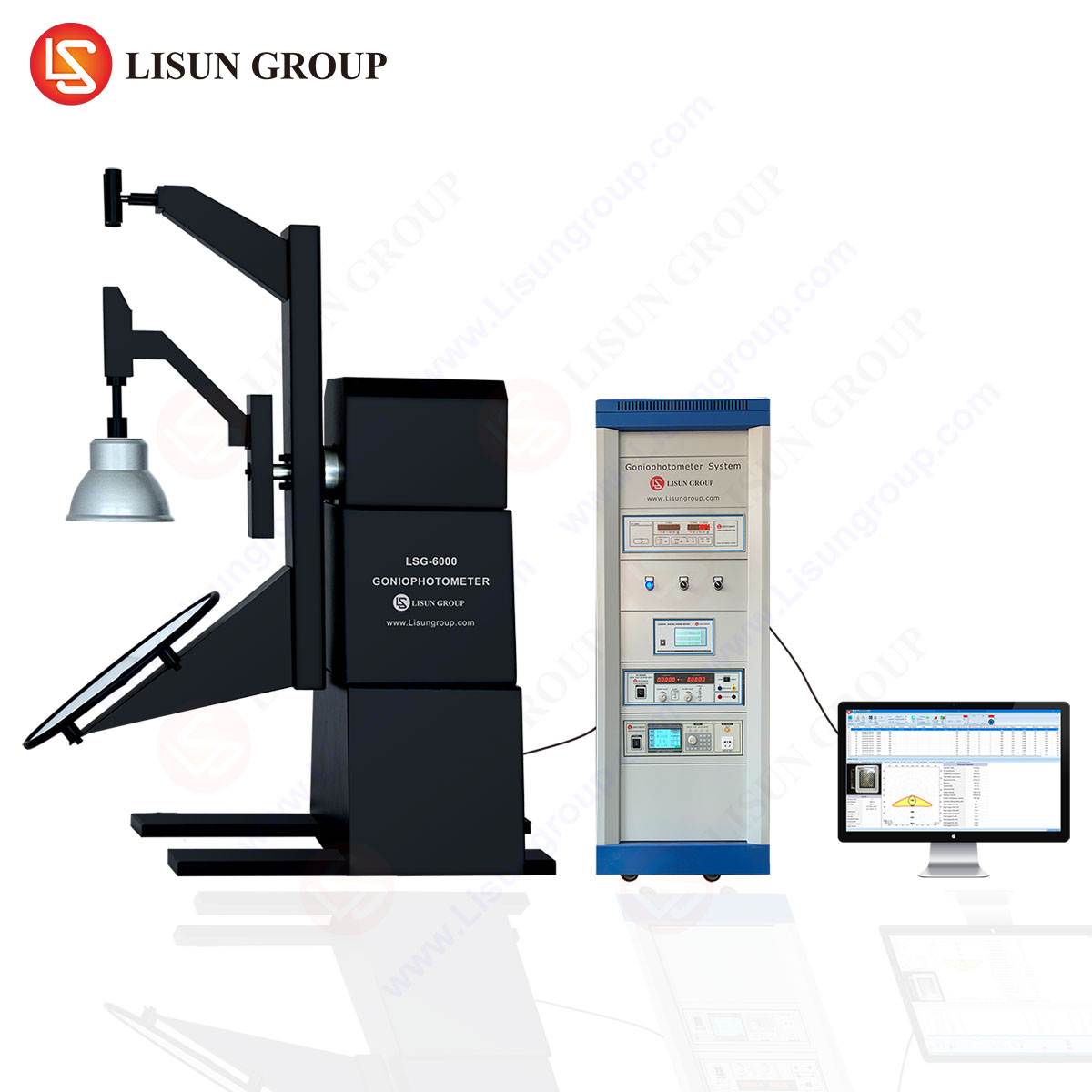Introduction to Surge Immunity Testing
Surge immunity testing is a critical component of electromagnetic compatibility (EMC) evaluations, ensuring that electronic and electrical equipment can withstand transient voltage disturbances caused by lightning strikes, power switching, or electrostatic discharge. The LISUN SG61000-5 Surge Generator is an advanced testing instrument designed to simulate high-energy surges in compliance with international standards such as IEC/EN 61000-4-5, ISO 7637-2, and ANSI C62.41.
This article provides a comprehensive technical examination of surge testing principles, the operational framework of the SG61000-5, and its applications across diverse industries, including industrial automation, medical devices, automotive electronics, and power distribution systems.
Fundamental Principles of Surge Testing
Surge testing evaluates a device’s resilience against transient overvoltages by applying controlled high-energy pulses. The test waveform typically consists of a combination of voltage and current surges, with key parameters including:
- Open-circuit voltage (1.2/50 µs waveform)
- Short-circuit current (8/20 µs waveform)
- Coupling/decoupling network (CDN) integration
The SG61000-5 adheres to these standardized waveforms while offering configurable surge parameters to simulate real-world conditions. The generator employs capacitive energy storage and high-voltage switching to produce repeatable, high-fidelity surges, ensuring accurate susceptibility assessments.
Technical Specifications of the LISUN SG61000-5 Surge Generator
The SG61000-5 is engineered to meet rigorous testing demands with the following specifications:
| Parameter | Specification |
|---|---|
| Output Voltage Range | 0.5–6.6 kV (1.2/50 µs) |
| Output Current Range | 0.25–3.3 kA (8/20 µs) |
| Polarity | Positive/Negative |
| Repetition Rate | Up to 1 surge per minute |
| Phase Coupling | Line-to-line, line-to-ground |
| Compliance Standards | IEC 61000-4-5, ISO 7637-2, ANSI C62.41 |
The generator integrates a digital control interface for precise waveform adjustment and automated test sequencing, enhancing reproducibility across multiple test cycles.
Surge Testing Methodologies and Standards Compliance
Waveform Generation and Calibration
The SG61000-5 produces surge waveforms with minimal distortion, ensuring alignment with IEC 61000-4-5 requirements. Key calibration steps include:
- Open-circuit voltage verification (1.2 µs rise time, 50 µs decay).
- Short-circuit current validation (8 µs rise time, 20 µs decay).
- Phase synchronization for multi-phase equipment testing.
Coupling and Decoupling Networks (CDNs)
CDNs facilitate surge injection into power and signal lines while preventing backfeed into the test generator. The SG61000-5 supports:
- Line-to-ground coupling for single-phase systems.
- Differential-mode coupling for communication lines.
- Shielded cable testing in aerospace and automotive applications.
Industry-Specific Applications of Surge Testing
Lighting Fixtures and Industrial Equipment
Surge testing ensures that LED drivers, HID ballasts, and industrial control systems withstand voltage transients from power grid fluctuations. The SG61000-5 verifies surge immunity in compliance with IEC 61347 for lighting and IEC 60204 for machinery.
Medical Devices and Intelligent Equipment
Medical electronics, such as patient monitors and imaging systems, must resist surges to prevent operational failures. The generator tests adherence to IEC 60601-1-2, mitigating risks in critical healthcare environments.
Automotive and Rail Transit Systems
Automotive electronics (ISO 7637-2) and rail signaling equipment (EN 50121) undergo surge testing to validate resilience against load dump and inductive switching transients.
Power Distribution and IT Equipment
Low-voltage appliances (IEC 60950) and power tools (IEC 60745) are tested for surge immunity to prevent safety hazards during fault conditions.
Competitive Advantages of the SG61000-5 Surge Generator
- High Precision Waveform Generation – Minimal overshoot and ringing ensure accurate surge simulation.
- Multi-Standard Compliance – Supports IEC, ISO, and ANSI surge testing protocols.
- Automated Test Sequencing – Reduces manual intervention and enhances repeatability.
- Robust Safety Protections – Includes overcurrent, overtemperature, and arc detection.
FAQ: Surge Testing and the SG61000-5
Q1: What is the maximum surge voltage the SG61000-5 can generate?
The generator produces surges up to 6.6 kV in open-circuit conditions, suitable for high-voltage industrial applications.
Q2: Can the SG61000-5 test three-phase power systems?
Yes, the generator supports line-to-line and line-to-ground coupling for three-phase equipment testing.
Q3: How does surge testing differ for medical devices versus automotive electronics?
Medical devices follow IEC 60601-1-2, emphasizing patient safety, while automotive tests (ISO 7637-2) simulate load dump and ignition transients.
Q4: Is the SG61000-5 compatible with shielded cable testing?
Yes, it includes CDNs for shielded communication lines in aerospace and rail applications.
Q5: What safety features prevent damage to the generator during testing?
Integrated protections include overcurrent shutdown, thermal monitoring, and arc suppression circuits.
This technical overview underscores the SG61000-5’s role in ensuring surge immunity across critical industries, supported by rigorous standards compliance and advanced waveform fidelity.







